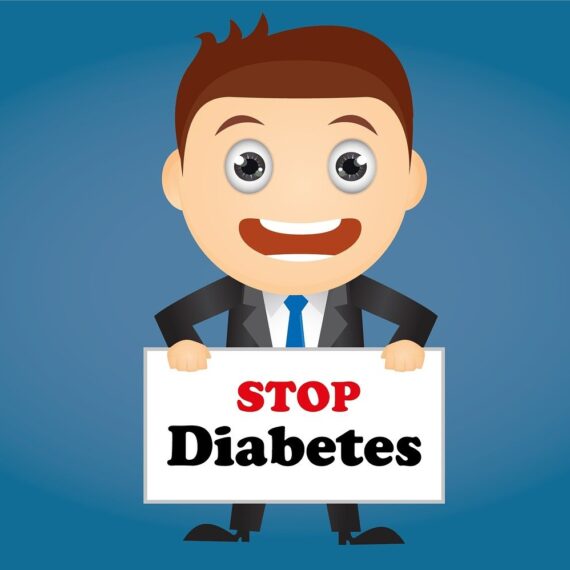Medicare Donut Hole 2023
The Medicare Donut Hole 2023 is also known as the Part D coverage gap. The coverage gap occurs after the initial coverage period, when the beneficiary’s total drug cost reaches a specified limit. For 2023, the limit is $4,660.00. This cost includes a combination of what the beneficiary AND the insurance carrier has paid, which is why so many seniors can fall into the donut hole. Once people are in the donut hole, or coverage gap, they are responsible for a percentage of the cost of their prescribed medication(s).
What happens when the donut hole is reached?
Although beneficiaries are responsible for a percentage of the cost of their medication while in the coverage gap, they typically pay no more than 25% of the cost of approved, brand-name prescription drugs. Some plans offer even lower costs while in the coverage gap. The discount applies to the beneficiary’s plan negotiated pricing that specific drug. Although members pay no more than 25% of the price for the brand-name drug, almost the full price of the drug will count as out-of-pocket costs. This helps get them out of the donut hole faster, because member costs count toward out-of-pocket maximum payments.
How do I get out of the donut hole?
Catastrophic coverage kicks in to cover the costs of medication once a beneficiary has spent $7,400 in out-of-pocket costs. This number includes what the beneficiary pays in covered medication(s) and some costs that are covered by family members, charities, or other persons on their behalf. During this period, beneficiaries will pay significantly lower copays or coinsurance for their approved drugs for the remainder of the year. These out-of-pocket costs that help them reach catastrophic coverage include:
-
Their deductible
-
What they paid during the initial coverage period
-
Almost the full cost of brand-name drugs (including the manufacturer’s discount) purchased during the coverage gap
-
Amounts paid by others, including family members, most charities, and other persons on their behalf
-
Amounts paid by State Pharmaceutical Assistance Programs (SPAPs), AIDS Drug Assistance Programs, and the Indian Health Service
The Medicare Part D plan should keep track of how much money beneficiaries have spent out of pocket for covered drugs and their progression through coverage periods. This information should appear in monthly statements.
Note: Beneficiaries with Extra Help do not have a coverage gap. They pay different drug costs during the year. Drug costs may also be different for those enrolled in a SPAP.









Recent Comments